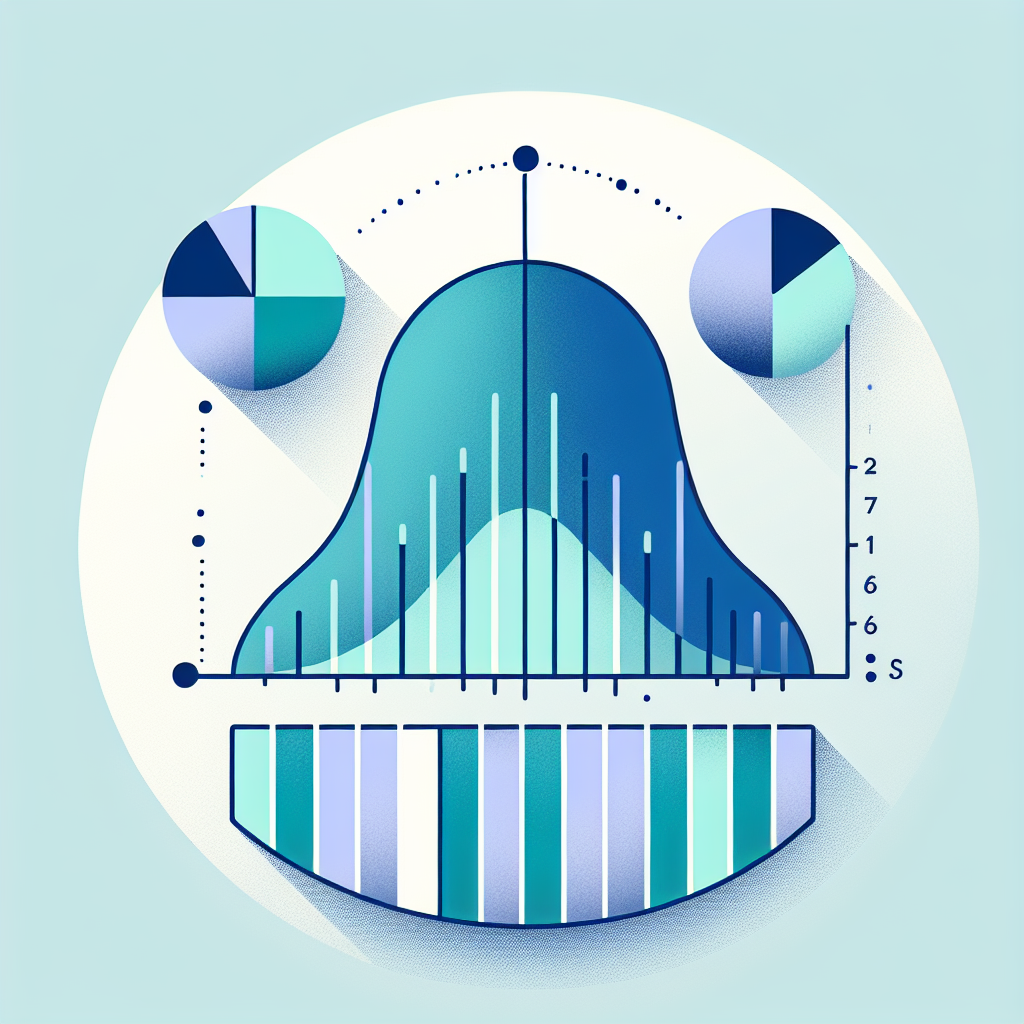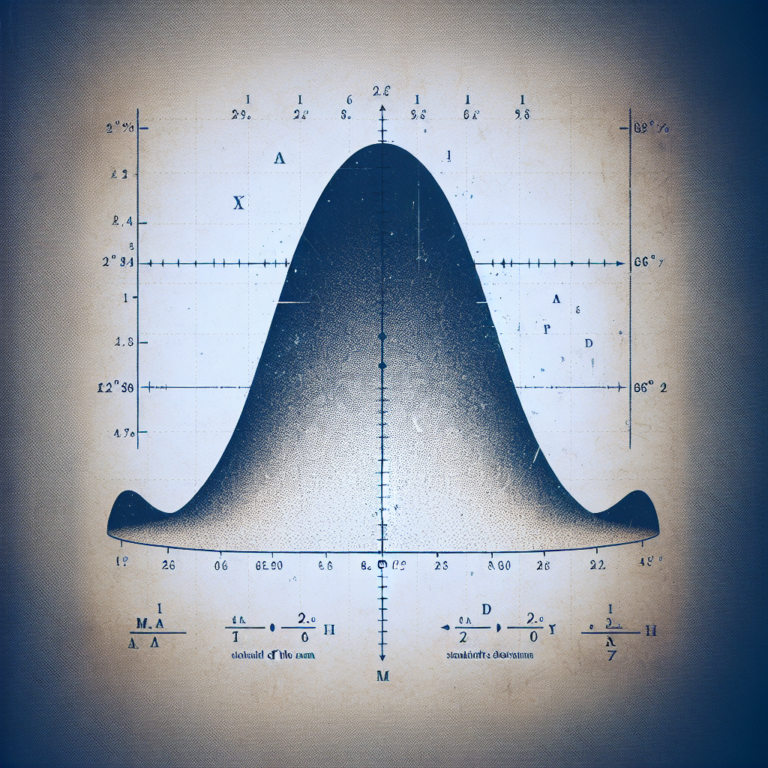Confidence intervals play a crucial role in statistical analysis, particularly in the field of medicine. At StatisMed, we understand the importance of confidence intervals in providing accurate and reliable information to medical professionals. In this comprehensive guide, we will delve into what confidence intervals are, how they are calculated, and why they are essential in medical research.
What are Confidence Intervals?
Confidence intervals are a range of values that are used to estimate the true value of a population parameter with a certain level of confidence. They provide a measure of the uncertainty associated with a sample estimate. For example, if a confidence interval is calculated to be [50, 70] with a confidence level of 95%, it means that we are 95% confident that the true population parameter falls within the range of 50 to 70.
Calculating Confidence Intervals
There are various methods for calculating confidence intervals, depending on the distribution of the data and the sample size. One of the most common methods is the formula for calculating a confidence interval for the mean of a normally distributed population. This formula takes into account the sample mean, the standard deviation of the sample, the sample size, and the desired confidence level.
Why are Confidence Intervals Important in Medical Research?
In medical research, confidence intervals are used to assess the reliability of study findings and to make informed decisions about patient care. They help researchers determine the precision of their estimates and provide a more complete picture of the data. For medical professionals, confidence intervals help in interpreting the results of clinical trials, determining the effectiveness of treatments, and evaluating the risk factors for certain diseases.
Examples of Confidence Intervals in Medical Studies
To better understand how confidence intervals are used in medical research, let’s consider a hypothetical example. Suppose a research study is conducted to evaluate the effectiveness of a new drug in reducing blood pressure. The researchers collect data from a sample of patients and calculate a confidence interval for the mean reduction in blood pressure. If the confidence interval does not include zero, it indicates that the drug is significantly effective in reducing blood pressure.
Conclusion
In conclusion, confidence intervals are powerful tools in statistical analysis that provide valuable information about the uncertainty associated with sample estimates. They are essential in medical research for making informed decisions and interpreting study findings accurately. At StatisMed, we specialize in providing statistical analysis services for medical professionals, helping them make sense of complex data and draw reliable conclusions. Contact us today to learn more about our services or request a quote for your next research project. Trust StatisMed to help you navigate the world of confidence intervals with confidence.
So, next time you encounter confidence intervals in your research, remember their significance and the role they play in ensuring the validity and accuracy of your findings. Thank you for reading this comprehensive guide on understanding confidence intervals!
[ad_2]




